-
About
- About Listly
- Community & Support
- Howto
- Chrome Extension
- Bookmarklet
- WordPress Plugin
- Listly Premium
- Privacy
- Terms
- DMCA Copyright
- © 2010-2025 Boomy Labs

Listly by jemimajp01
This is my analysis of Kombucha tea, including the bacteria involved in the fermentation, the bacterial characteristics, technology used in making Kombucha and risks associated with the bacteria
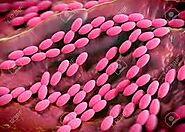
Acetobacter is an aerobic bacteria and is a genus of acetic acid bacteria as it produces acetic acid and gluconic acid. They have the ability to convert ethanol to acetic acid due to them being aerobic. This bacteria build SCOBY (Symbiotic Colony of Bacteria and Yeast) mushroom which is found in Kombucha tea and has a symbiotic relationship with sweet tea. Acetobacter strains found in Kombucha include Acetober xylinoides and Acetober ketogenum.
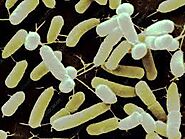
An anaerobic bacteria found specifically in kombucha tea. This bacteria feeds specifically on nitrogen found in tea and produces acetic acid and gluconic acid and it also helps build the SCOBY which is used in the production of kombucha tea.
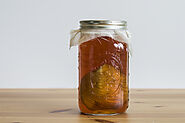
This is Kombucha with the SCOBY in it. SCOBY is a symbiotic colony of bacteria and yeast and its food source is sweet tea. It feeds on the sweet tea and forms a baby SCOBY.
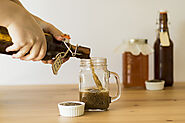
Kombucha is made by forming a symbiotic relationship between SCOBY and sweet black tea as the SCOBY needs the tea to survive and kombucha can't be made without SCOBY. Due to the black tea being the appropriate environment for growth, the SCOBY uses sweet black tea as a food source and forms a baby SCOBY through consumption of sugar.

Lactobacilli are Gram-positive, non-spore-forming, rods or coccobacilli with a G+C content of DNA usually below 50 mol%. They are strictly fermentative, aero-tolerant or anaerobic, aciduric or...
Lactobacillus is another bacteria found in Kombucha. It is also aerobic and produces lactic acid and slime.
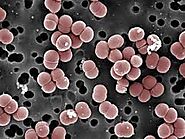
Gram positive lactic acid bacteria that produce slime. They are anaerobic bacteria. Not always found in kombucha.
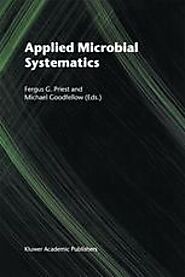
In ancient times, the ways of preserving raw agricultural materials were essentially restricted to salting, drying and fermentation. In many parts of the world, this is also the case today....

Abstract. A prospective cohort study was conducted to examine the relationship between vaginal colonization with lactobacilli, bacterial vaginosis (BV), and acq
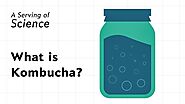
You have probably seen it in supermarkets, health stores and even restaurants: Kombucha. This effervescent fermented tea is sometimes called an “elixir of li...